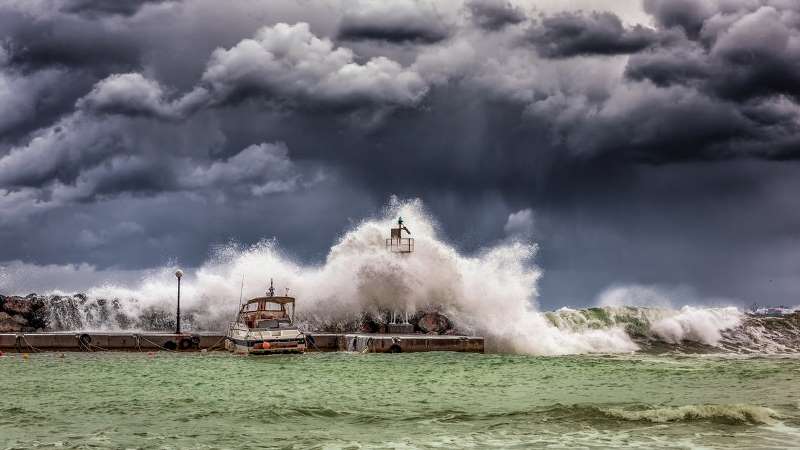

(Photo: George Desipris)
Speaking at a meeting of the OAS Inter-American Committee on Natural Disaster Reduction on September 4—just hours after Hurricane Dorian had finally exited her country’s territory—Bahamian Chargé d’Affaires Donna Lowe explained that the storm stood out for its unrelenting ferocity.
“I’ve been through my fair share of hurricanes, but never in our history of hurricanes or disasters of this nature has there been one of this magnitude,” she told representatives of OAS member states, permanent observers, and inter-American agencies who were there to offer assistance and express solidarity.
As if its 185 mile-per-hour sustained winds were not enough, Hurricane Dorian also stalled over the northern end of the Bahamian archipelago, pounding it for about 36 hours. “Regardless of what preparations we took, we were not going to be able to fare any better than we did,” Lowe said.
U.S. Coast Guard and British Royal Navy vessels provided immediate support to rescue operations. By a week after the hurricane, dozens of international agencies and even private citizens had stepped in to assist in rescue and relief efforts, which are being coordinated by the Bahamian National Emergency Response Agency (NEMA).
On September 6, the official death toll stood at 43, but Prime Minister Hubert Minnis acknowledged that many people were still missing and that the number of deaths was expected to significantly increase. “This is one of the stark realities we are facing in this hour of darkness,” he said in a statement.
The Bahamas is a nation of islands, islets, and cays—about 700 in total, 30 of them with permanent populations. Two-thirds of the country’s 400,000 residents live on New Providence, home to the capital, Nassau; the next most-populated islands are Grand Bahama and Great Abaco, which took the brunt of Dorian’s force.
These two neighboring islands normally come to each other’s aid after storms, but this time both sustained massive damage, Lowe said in an interview after the OAS meeting. “They’re not each other’s refuge anymore,” she said.
Although it was too early to think about long-term solutions, such as whether people would need to relocate permanently, Lowe said that Dorian will undoubtedly intensify the discussion about how to build in greater resilience. That issue becomes more urgent as ocean temperatures continue to rise, contributing to stronger storms.
“Climate change, for us, is an existential matter. There’s no two ways about it,” said Lowe, Alternate Representative of the Bahamas to the OAS.
She said that environmental awareness has been growing in the Bahamas, and many people understand the need to turn to alternate sources of energy, such as solar and wind. Infrastructure will have to be updated, since many towns and cities started as fishing villages and grew gradually, with little planning, according to Lowe. And in an archipelago, of course, basic infrastructure needs are repeated across multiple islands.
Like many other Caribbean countries, the Bahamas also faces long-term financing challenges, since its high per capita income—more than $34,000, by the International Monetary Fund’s calculations—generally makes it ineligible for concessionary funding from development agencies. Several factors account for that figure, Lowe said, including a wealthy expatriate class with second homes there, in addition to strong foreign direct investment in such sectors as banking, shipping, and tourism.
“Even though we have a very high per capita income, that doesn’t reflect the standard of living or the level of development in my country,” the diplomat said.
With Dorian-related damage already estimated in the billions, the Bahamian government will need all the international assistance it can get. In the short term, it can tap into a $100 million contingency loan that the government set up earlier with the Inter-American Development Bank (IDB) to be used in the event of a major natural disaster.
After Dorian left Bahamian territory, it crept northward, skirting the eastern coast of the United States. News reports attributed four deaths to Dorian in Florida and North Carolina, related to storm-preparation accidents. On September 7, the storm was still powerful enough to knock down a construction crane and cause widespread power outages in Nova Scotia, Canada.
And, Lowe pointed out, in the annual alphabet of named Atlantic storms, Dorian was only the fourth so far this year. “This is the middle of the hurricane season,” she said. “We still have till the end of November to go.”
 View Map
View Map